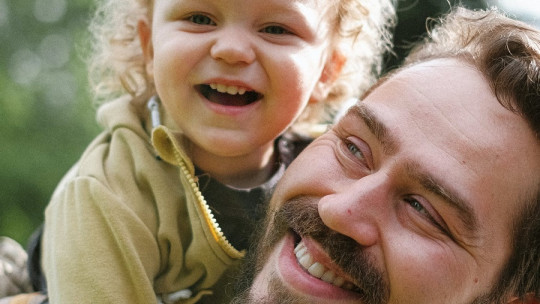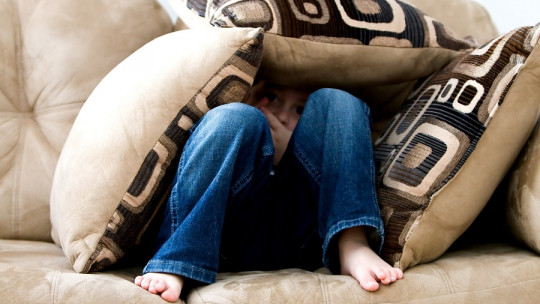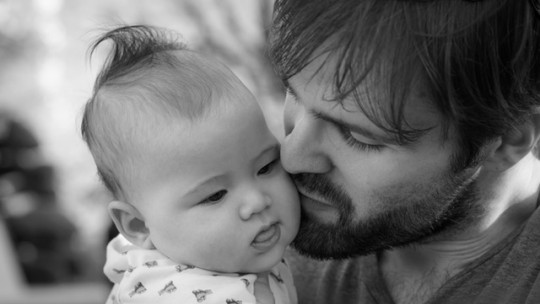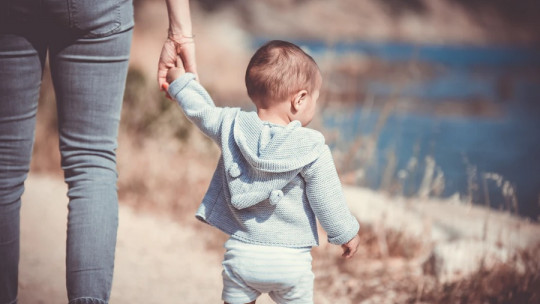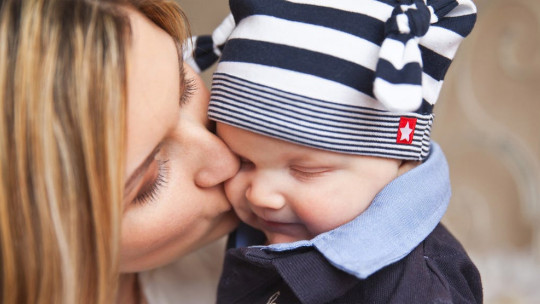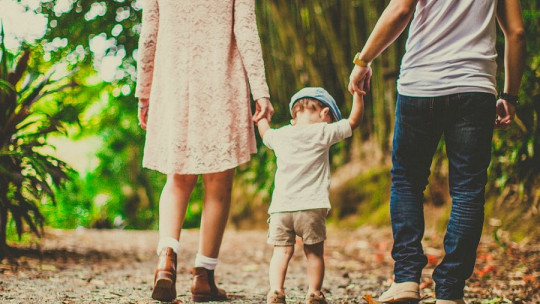
Surely we have ever wondered to what extent our experiences during childhood affect us in adolescence or when we are adults. It is very likely, above all, that the most common question has to do with the extent to which our early interactions with the people closest to us influence our current behavior.
In this article we will address questions such as: Did these experiences condition my way of being? Do they influence my relationships with other people today?
What is attachment?
When we are born, we come into the world vulnerable: we do not know how to speak, we do not have autonomy and we do not know our environment. Thus, it is necessary for other people to take care of us, that is, we depend on other people to survive. It is precisely from this moment that what has come to be called the bond of attachment begins to be forged.
It is an emotional bond that is established between people and its function is to protect us from dangerous situations that we may face. It would work like a thermostat in which what is intended to be regulated is the feeling of security.
All of this would be reflected in our way of interacting with others, that is, we could show approaching or distancing behaviors towards other people. To understand it better, we ask you the following question:
What do you do when you have an unpleasant experience?
Surely the answer to this question is as varied as there are people. However, it is most likely that one of our first actions will be get in touch with someone And that person wouldn’t be just anyone: for some he could be our partner, for others our mother, our friends…
Ultimately, the striking thing about all this is that we are looking for someone to tell our experience and feel supported and listened to. It would be another way of managing everything that happens to us, only here we look for that closest figure with whom we feel most secure.
These people to whom we turn are what is called attachment figure Furthermore, it represents someone in our environment who serves as a base and safe haven and we turn to it when we are exposed to both a problematic situation and a very pleasant experience. However, this is not always the case, since there are several different attachment styles.
Types of childhood attachment
First of all, there are four types of childhood attachment and we explain them below:
1. Secure attachment style
Boys and girls have a secure base with their attachment figure This figure is present when necessary, so they feel valued and accepted. The behavioral pattern they show is to be active, to relate effectively to the environment and to explore it gradually with confidence.
The attachment figure is consistent in providing care and security and is available when needed.
2. Insecure-avoidant attachment style
According to this type, children do not have a secure base with their attachment figure, as they are not available when they need protection. They tend to show disinterest and indifference towards the attachment figure so they have a lot of autonomy and do not usually express unpleasant emotions.
For its part, the attachment figure appears absent or indifferent, so all of the child’s autonomous behaviors are reinforced.
3. Insecure-ambivalent attachment style
Here they also do not present a secure base with the attachment figure, as they show unpredictable attention to the child’s needs. So, The behavioral pattern they usually show is clinging, resistance and irritability Crying and anger are frequent and they have difficulties achieving self-regulation, since they need others to achieve it.
On the other hand, the attachment figure usually shows a very changing behavioral pattern: it oscillates between intrusiveness-indifference or overinvolvement-coldness.
4. Disorganized attachment style
Children do not have a secure base and often have had unpleasant and threatening experiences with the attachment figure, since The behavioral pattern they present with the child is negligent or even traumatic They tend to be children with illogical, contradictory or rigid behaviors, they are emotionally unstable and do not follow a coherence when exploring the environment.
The attachment figure acts in a paradoxical way: it represents a figure that cares, but at the same time is the one who harms, so the child is not protected, but neither can he walk away due to lack of protection. They produce confusion, fear and incomprehensible behaviors.
In conclusion, we see how our relationships and interactions from birth, as well as the experiences we have, influence our way of relating and our way of being when we are adults. Depending on all this, it is likely that we will have difficulties in our daily lives and that we will need specialized help to be able to improve. If this is your case, in PsychoAlmería We have the necessary experience to help you, both in person and online.

